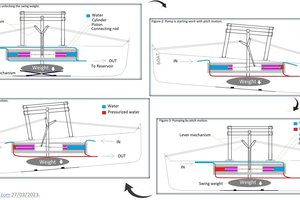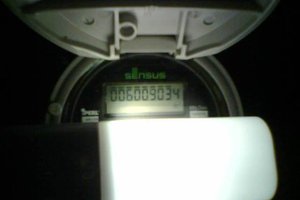Why go for a Solar Water Pump System?
Well sunlight is free and abundant. Humans are dependent on water for survival. Inorder to obtain their daily water requirements we pump our water from wells, dams, rivers, ponds,etc. Since the system is OFF-Grid, it can always pump water even in an apocalypse.
Solar Water Pump
The project uses Solar Energy to pump water for Agricultural and domestic consumption.
 Jonty
Jonty


 Theodor Hillebrand
Theodor Hillebrand
 Ben Nitkin
Ben Nitkin
 Md. Moniruzzaman
Md. Moniruzzaman